What Exactly Should CNG Cars Be Installed With?
Automobile oil to gas conversion is a modification method for changing the type of fuel used in motor vehicles. By installing a natural device on ordinary cars, they can freely switch between burning gasoline and natural gas, which means transforming ordinary cars into dual fuel vehicles. What components do we need to install to convert oil to gas in cars? Today, we will provide a detailed explanation of the main components that need to be installed when modifying natural gas components for automobiles
1. Natural gas cylinders
It is a high-pressure container for storing natural gas and a product managed by the national special industry. Strict tests such as shooting, burning, and high-altitude falling must be carried out before leaving the factory. Generally, manufacturers provide insurance for each gas cylinder, with a lifespan of 15 years. Natural gas cylinders are important components related to safety.
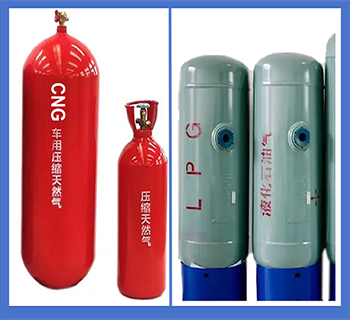
2. Gas injection system
It is an electronic system that controls the conversion of fuel and gas, mainly controlling the timing and quantity of gas injection. It is the power after the conversion of fuel to gas in automobiles.
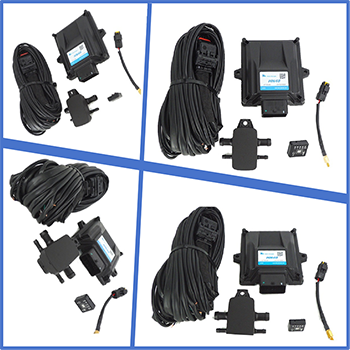
3. Electronic conversion switch
Install a switch in the driver's cab that controls the oil to gas conversion through a gas electronic control system. The key components for adequacy and smooth operation.
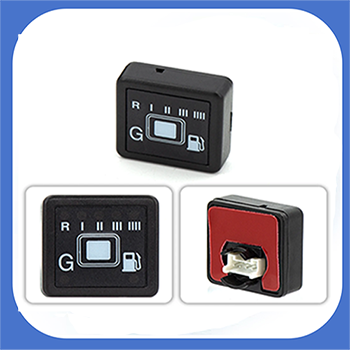
4. Pressure reducer
It is a pressure conversion device that reduces pressure from a gas cylinder to a high-pressure container and then to a cylinder. In a natural gas cylinder, there is a high-pressure container with 20 atmospheres, which is reduced to 4 atmospheres by a pressure reducer before entering the cylinder.
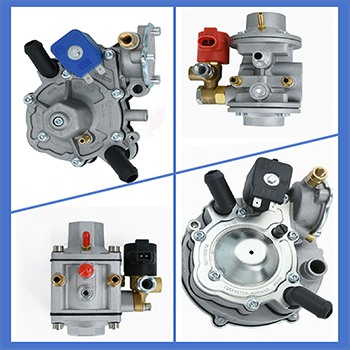
5. Spray rail
It is a jet device that connects gas cylinders, pressure reducers, and engines through pipelines.
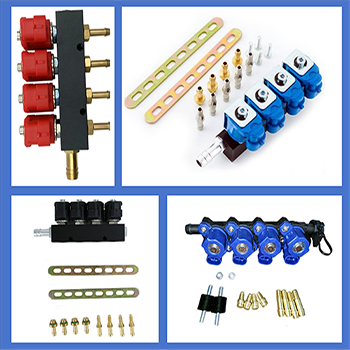
6. High pressure pipeline
The pipeline connecting the gas cylinder, pressure reducer, and inflation valve.
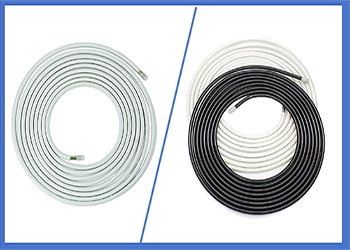
7. Inflation valve
Accessories used to fill natural gas.
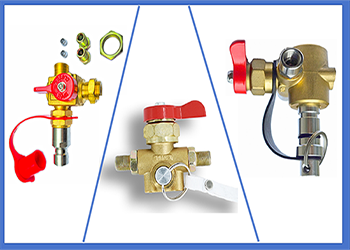
8. Pressure gauge
A gauge used to display natural gas pressure.
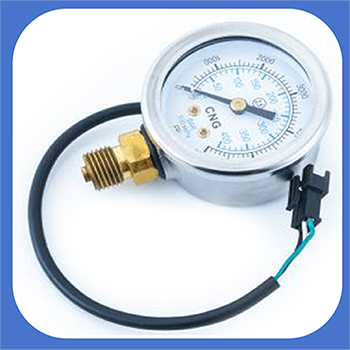
9. Vacuum tube
Connect the rubber hose between the engine intake duct and the vacuum nozzle of the pressure reducer. The function is to balance pressure when the engine accelerates.
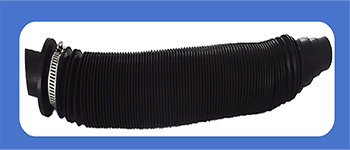
10. Water pipes
The rubber hose connecting the engine throttle valve water pipe or the heating air pipe is used for heating the pressure reducer.
11. Air intake pipe
The rubber hose connecting the pressure reducer and the spray rail.
12. Spray rail hose
The rubber hose connecting the spray rail and intake duct.
13. Bellows
The corrugated pipe installed on the high-pressure steel pipe serves to discharge natural gas outside the vehicle in case of gas cylinder leakage.
14. Attachment package
This includes small tools for installing a complete set of accessories, such as snap fasteners, steel pipe fixing pieces, vacuum pipe tees, water pipe clips, spray rail clips, straight pipes, relays, etc.
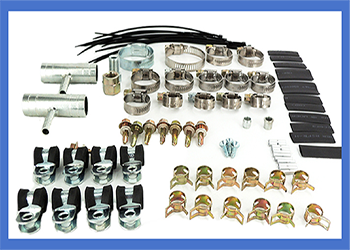
 Refer to:https://www.paybima.com/blog/car-insurance/pros-cons-of-installing-a-cng-kit-in-car/
Refer to:https://www.paybima.com/blog/car-insurance/pros-cons-of-installing-a-cng-kit-in-car/
The pictures and articles are from the internet. If there is any infringement, please contact us to delete them.
Popular articles
-
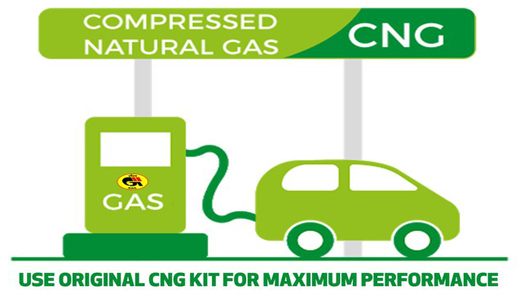
How the CNG Automotive S
Compressed natural gas (CNG) automotive systems
-
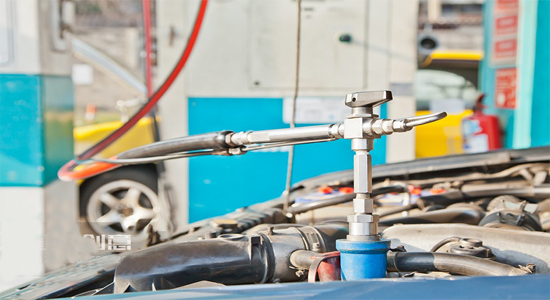
What Is CNG Pressure Red
The pressure reducer of natural gas vehicle is
-
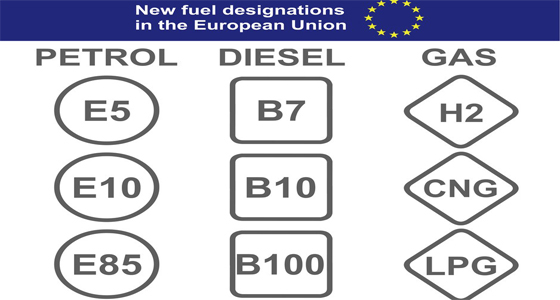
Advantages Of CNG Gas V
Compressed natural gas vehicles are vehicles th
-
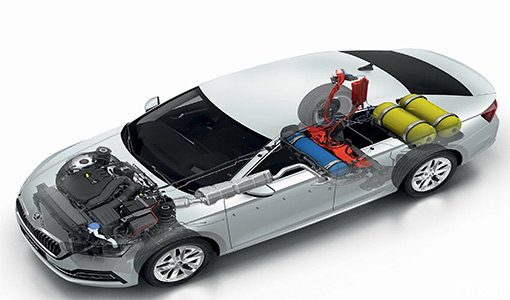
Reasons For High Gas Con
1. Original vehicle condition A. The tec
-
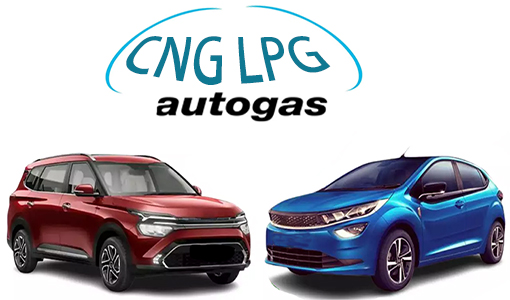
How To Improve The Power
1. Install ignition advance angle What i
-
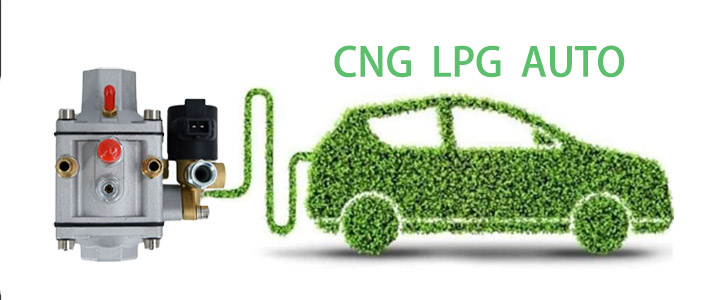
Differences Between Sing
Characteristics of Gas Single Point Device
-
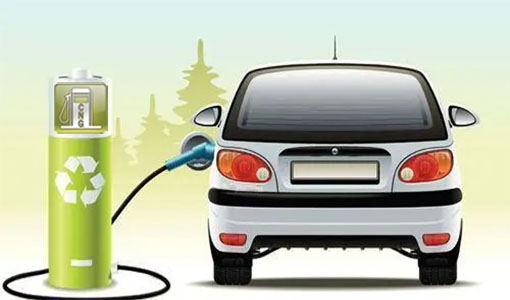
Advantages And Principle
LPG and CNG are two mainstream alternati
-

How The CNG Gas Vehicle
If you want to know ¨C how does the CNG conversi






Latest comments
0piece comment
no comments, welcome to comment¡£